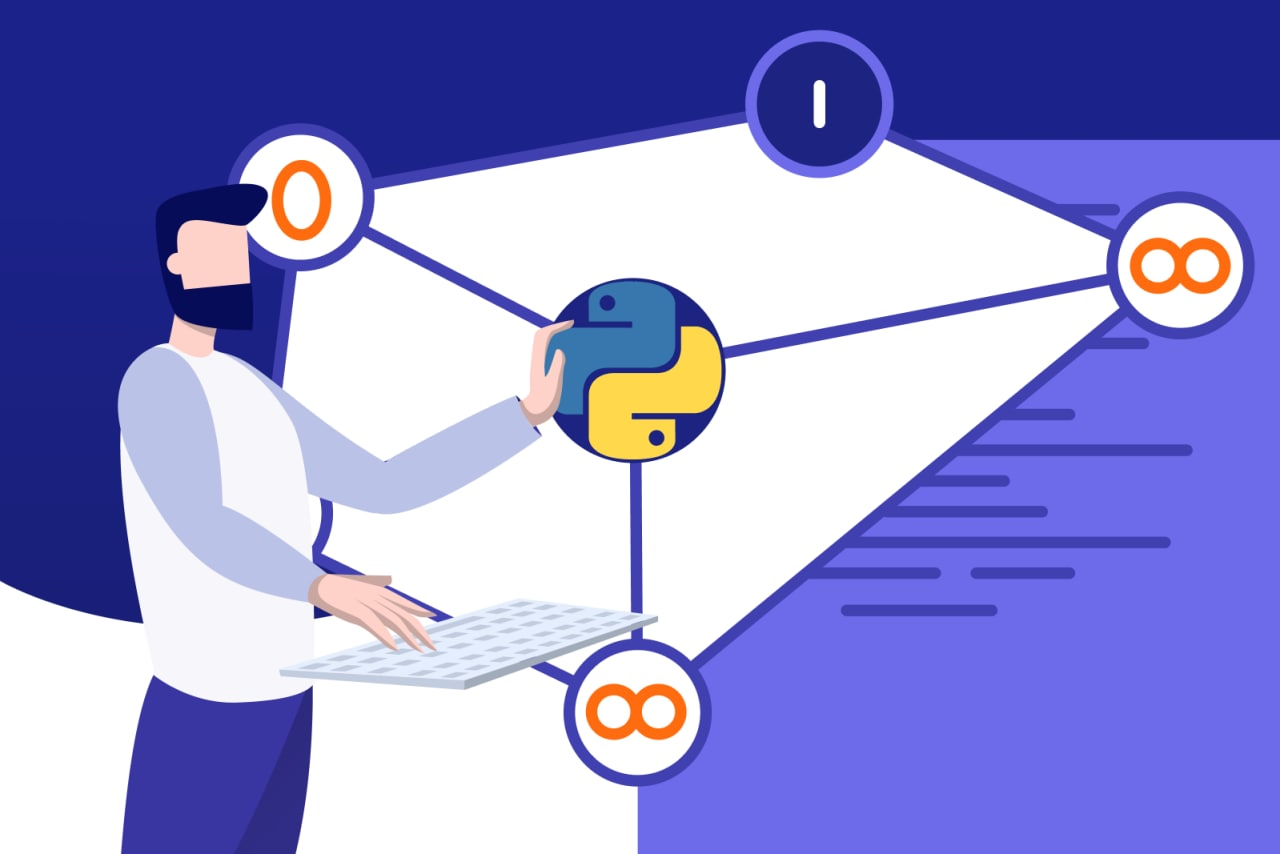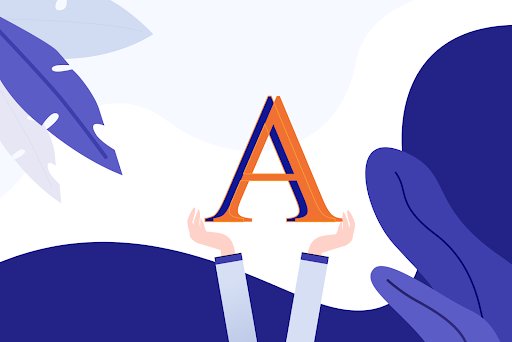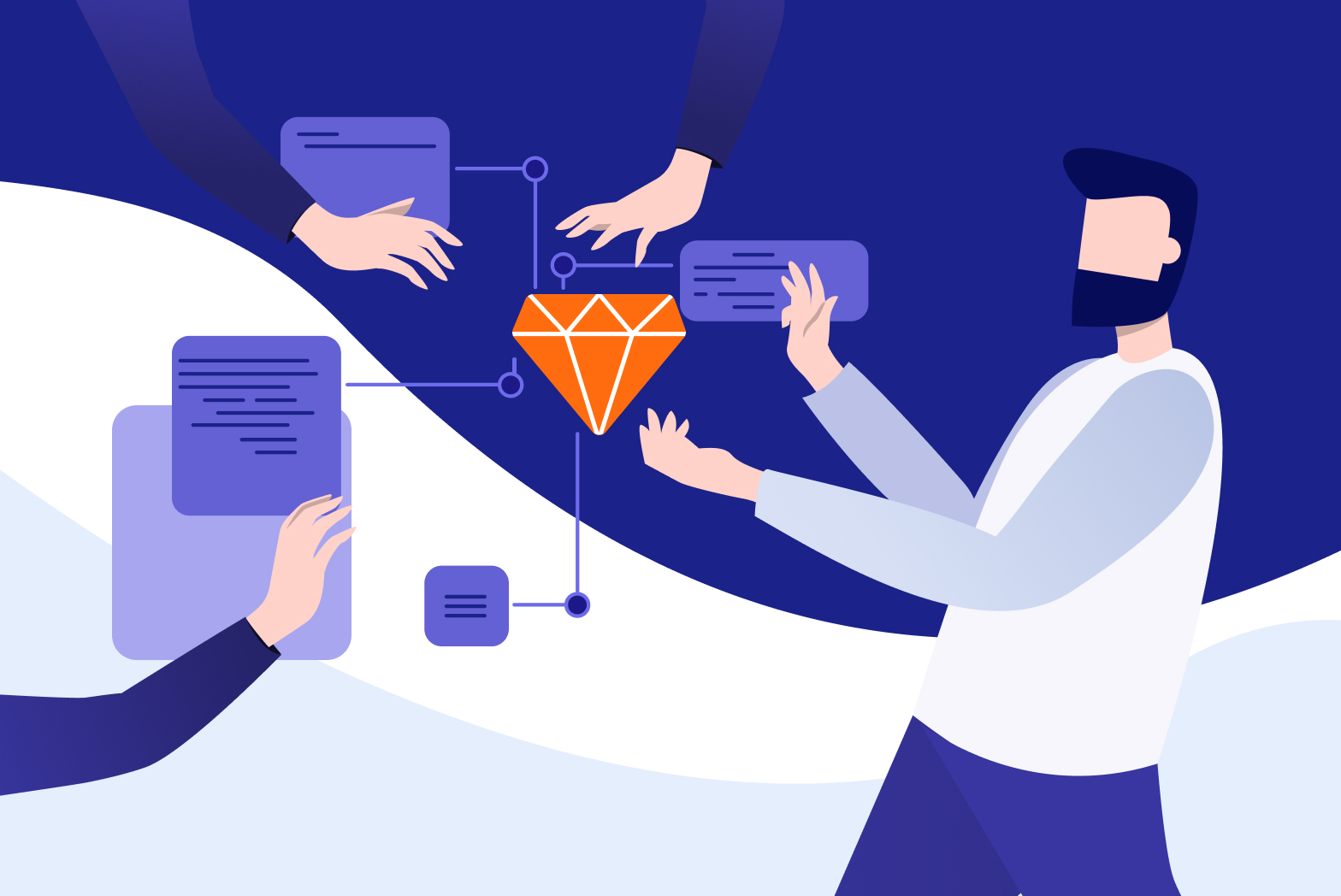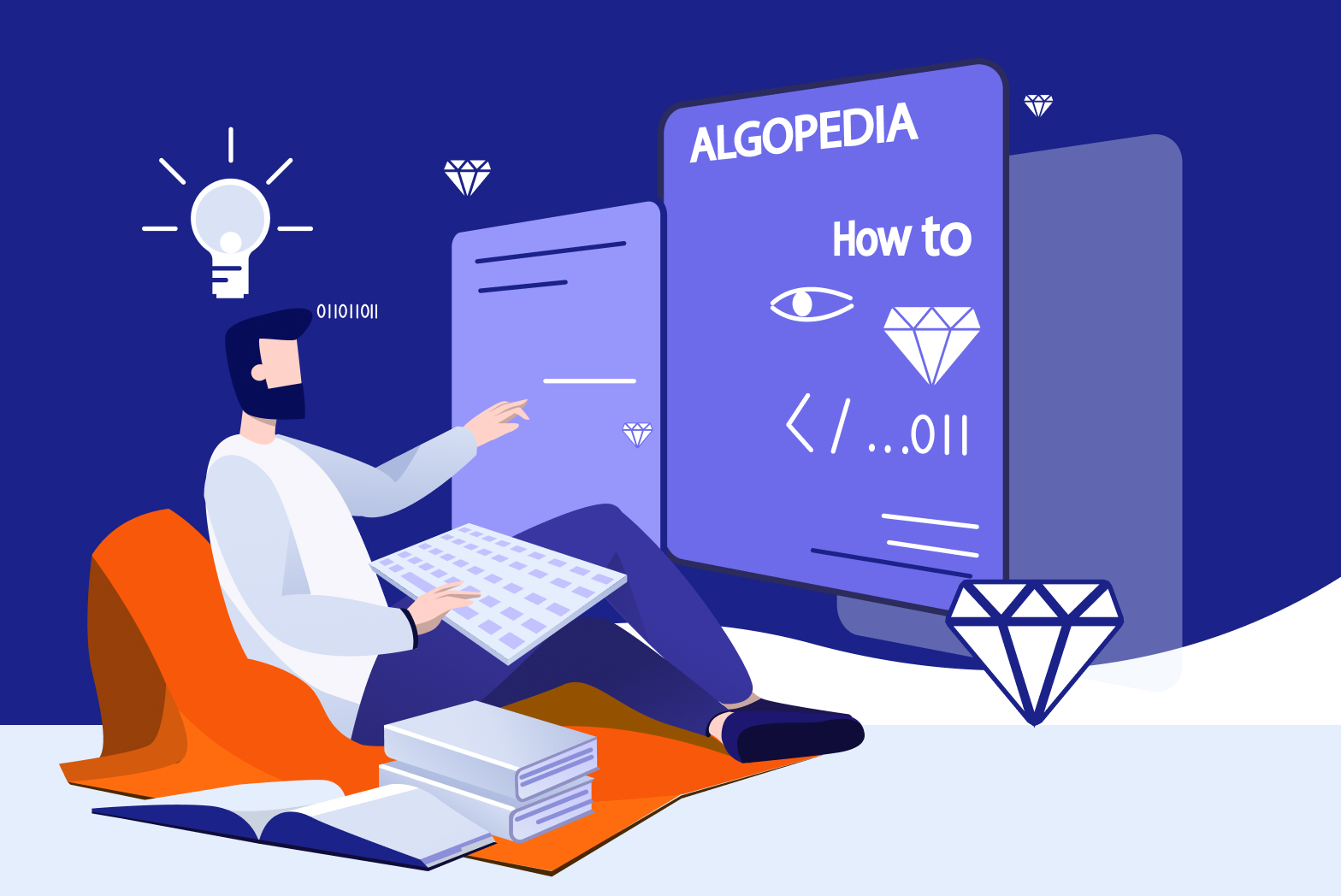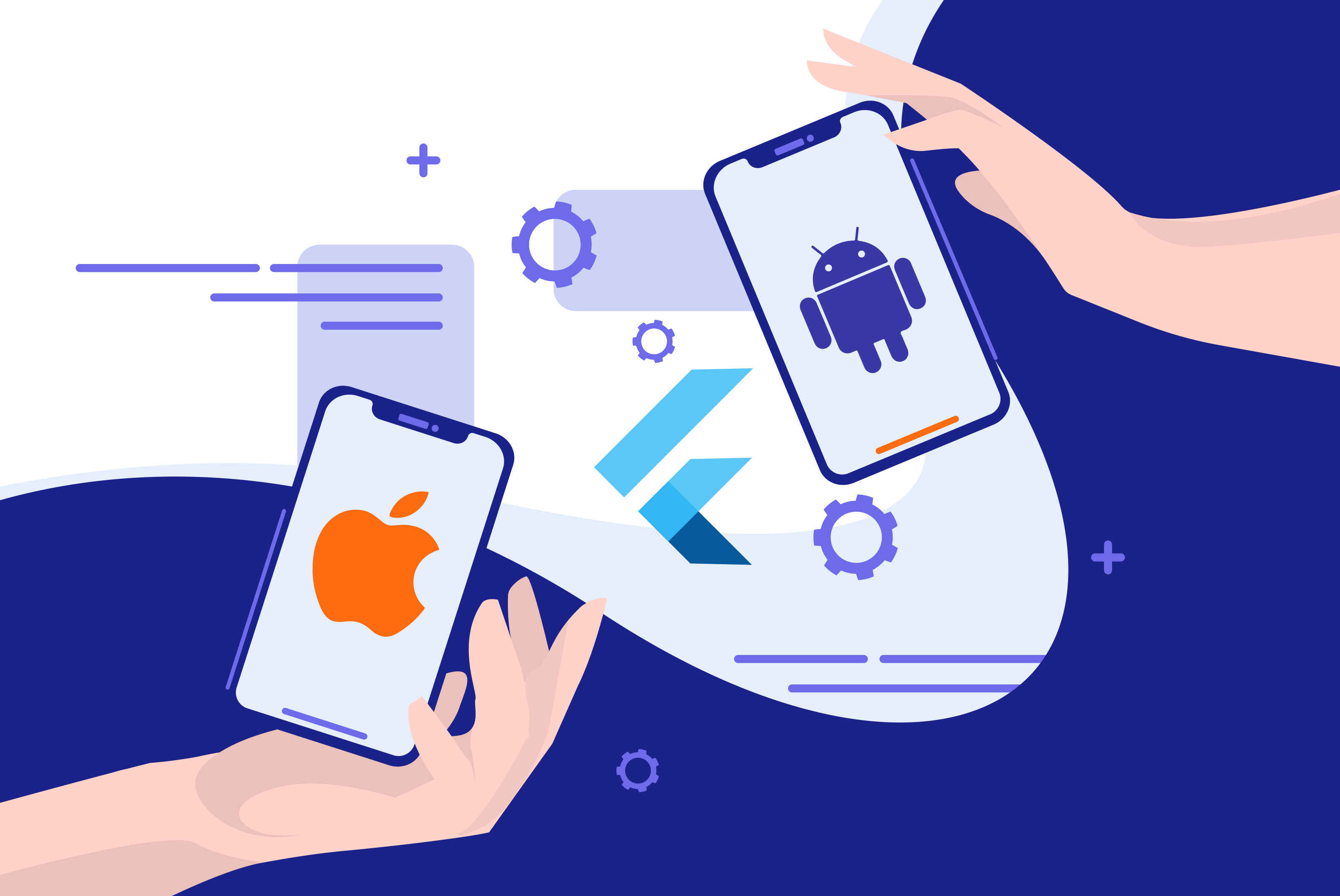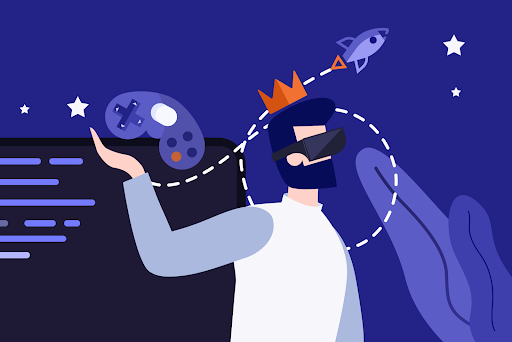
In the last few years, gamification has shown a phenomenal performance in UX design trends. Games play a vital role in our lives by making us learn new things, motivating us and most fundamentally, helping us unwind after a long day at work. Over a considerable period of time, games have provided a thrilling experience by lifting our mood and preparing our mind for more complex problem-solving challenges.
By using a centred approach for users, software designers are able to cater to user demands by manifesting new technological advancements in several projects. These projects are able to respond to user needs in a significant manner which also enhances user engagement and experience. It is essential to consider user preferences in the process of building such interfaces, i.e., simplicity in design, snappy transitions and making it an entertaining product while developing a game-based software. In this article, we will explore the phenomena of gamification and how it aids in the enhancement of a UI and accelerated user engagement.
What Is Gamification?
In the contemporary world, one can find consumers obsessed with gaming, which is making the industry grow rapidly. The reason for deploying state-of-the-art technologies is because it promises the rise of even more fun and exciting experiences in the gaming industry. Modern users are always happy to see new gaming elements which go beyond the game itself, such as the mobile app. Gamification by design stands out through remarkable user response, which drives human emotions that increases the chances of a product automatically to become successful by the received users’ reaction.
Gamification by design can hardly be related to what people think about gaming, which misleads people to identify as gamification UX and gamification web design. Gamification is a method used by software designers using game design elements in non-gaming contexts such as websites and mobile applications. These elements incline user engagement and experience with respective products or services. Usually, software designers might add up game elements like leaderboards or create challenges for encouraging the user’s active interaction and participation on a website or mobile app. This behavior is called the adoption of game-like interactions, which creates a non-gaming environment, pushing users to be more engaged and passionate through the gamification website. For instance, rewards in the form of points or coins are included in a challenge, awarded to users by logging on to mobile app or website every day. These elements influence user attitudes as ‘game players’ to accomplish the predictable actions.
Gamification UX design works on modern design and the user-centered approach for getting rid of detrimental practices. Subsequently, UX designers have become capable of improving the quality of life of end users by instilling certain behaviors. One should know that gamification web is not a binary or monolithic concept, meaning it can be integrated in levels that are dependent upon a product’s needs and user demands. Besides, the main aim of UX design gamification is to enhance user experience and user engagement rather than promote website gamification.
We observe and interact with gamification by design examples commonly nowadays, be it healthcare apps, digital banking systems, financial applications, language learning apps etc. Gamification design solutions have now turned into a vital element amongst a diverse range of elements and assets which involve illustrations and animations that enhance UX.
Kinds of Game Elements for User Engagement
Gamification is a complicated design method requiring application of different elements of game based on interactive game mechanics. It provides a game-like feel to end users instead of targeting the product or service as a fully managed game. Gamification and a game design toolkit are used in different combinations to spice up web and mobile experiences of users. Below is a glimpse of a several components that constitute the concept of gamification design:

Stickers and Badges
In gamification dashboard design, the stickers and badges are awarded to users during the completion of challenges or collection of certain points. Many people recognize virtual rewards, awarded often in video games. These rewards are designed in certain ways, permitting you to experience creative experimentations. Generally, stickers are appreciation highlights for participants of a game and it's true that a player has high familiarity with stickers. Thus, any of the stickers and badges act as a source of motivation for end-users.

You can use badges and stickers for enhancing your mobile or website experience by collecting points. It’s a small detail which is very insignificant. You cannot deny that you feel certain amount of satisfaction when you receive a notification on completion of a work task. Now just imagine, when the notification arises with a reward like a sticker or badge, then it may intensify satisfaction of users even more.
Challenge
Human beings are constantly evolving creatures who love to tackle challenges. Most people perceive challenges as opportunities and try them for defining their limits. These challenges take people away from their comfort zone, making them explore new heights. In other cases, challenges engage humans and make things more interesting. This approach is applied in gamification UX and websites and motivates a user to learn about new facets of a product by trying out new gaming experiences. It brings a natural appeal to any activity or action taken by players. Hence, challenges and obstacles coded in a game logic make it compelling and improve the overall period of interaction of a user on a mobile app or website. Furthermore, it compels a user to perform an expected activity.

A good example is productivity in mobile apps -- offering challenges to players to compete with each other and gather information on a leaderboard. These apps create excitement and a sense of urgency to win amongst the participants.
Journey
A journey defines different milestones and achievements in a game and leaves the user with a feeling of being a real achiever while interacting with a product. A journey of a game-play offers additional support to the app and helps maintain a steady user interaction time on it. For instance, gamification design solutions are incorporated in the form of an introductory onboarding page to help users refrain from making mistakes and overcome this fear of taking wrong steps. Designers further make use of the ‘scaffolding method’ which helps disclose features of a product progressively. Journey also allows you to gain more experience for avoiding errors while using the product, making the experience of users much more enjoyable.

Like other aspects of app development “game journey design” has also evolved with time and indeed improvisations in this area have become an instant method of gaining a player’s attention. This may consist of the progressive development of milestones, the introduction of new rewards and the addition of new levels that potentially optimize the overall experience on the app interface and motivates players to continue product usage for an extended period.
Points/Credits
Points are a type of game element used for gauging players’ success when they overcome challenges. With gamification UX, a service or product can integrate a similar idea to aid both users and stakeholders. Gamification helps to estimate user engagement either in a website or a mobile app, and allows a stakeholder to view their achievements through gamification dashboard design.
The best idea that can be incorporated into gamification UX is to base the point count upon the number of check-ins or video views. For example, you often happen to see online platforms which people visit to learn different languages and they are awarded with points when exercises are completed.

Leaderboards
In a game, there is nothing more exciting than having the opportunity to become a leader. The competition in gamification UX is another important factor that makes a challenge appealing and provides an adventurous activity on the website or mobile application. It is human nature to want to be good at something or become a leader in any certain challenge. Hence, leaderboards serve as a game element for users that enhances their loyalty and engagement by setting exciting challenges and motivating them to join the competition. By selecting a system and ranking the users in a list with stickers or badges, it can boost user morale. It also gives an opportunity to learn more about the gamification website or mobile app.

However, in some gamification UX examples, leaderboards can lead to a negative impact as observed in some cases where users feel demotivated when compared with other people securing a high position on leaderboards. This means the leaderboard has to be implemented carefully to enhance user engagement.
Constraints
The game constraints limit users to end a particular session/game-play within a restrictive time frame. This helps to create a sense of urgency and instils excitement in the player. Besides this, it equips the user with tactical and problem-solving skills, leading towards a specific task completion. Similarly, gamification in the graphic design of a certain product can use a similar approach. It can be done by telling the users to finish a task within a respective time frame. Constraints stimulate users to some point by making them react fast and take expected actions immediately.
Gamification in UX— a UX Specialist’s Takeaway
- Make the end-user feel intelligent
UX specialists enhance certain tasks that the user is compelled to perform by removing obstacles and barriers. The design and experience guide the user for the first time but then let them do it themselves. This ultimately discourages a patronizing tone and makes the task look more of a smart guy’s job.
- Active display of a user’s progress
While binding actions to a progression chart in an effective UX shouldn’t display the achievements as an objective/agenda, but in a rational context. The goal is to subtly remind the user of their starting position.
- Remember flow is critical in experience
Cut down on any interruptions in the flow. Let the users plunge into the task more deeply without being interrupted by any unnecessary notifications. Discrete feedback can be offered on current and specific status. Beside this lets the users lose track of time. Since users are motivated, time flies for them.
Why is Gamification Critical in UX Design?
You may be wondering what role gamification plays for a product’s website or mobile app? Well, it is super fun, amazing and excites users by allowing them to interact with a certain product, giving them an unforgettable experience filled with adventures and fun challenges and activities. There are different kinds of game mechanics that create a diverse experience and evoke user emotions within a peculiar spectrum. Gamification strengthens a designer’s capabilities to drive user emotions to an expected action automatically. This helps in product standout and particularly makes remarkable products from the empathic perspective of UX in gamification. This does not go unnoticed and makes a product more appealing, which means a product will become more successful due to positive reactions from users.

Final Thoughts
Gamification is a source of fun and entertainment that can be used even in the most complex applications and websites. This indeed benefits a player to produce excitement and curiosity during interaction with a product and drives them to perform different actions with better levels of motivation whilst making them spend more time resulting in a productive engagement.
In summary, gamification can help significantly for improving engagement and user experience with certain products or services.
Where can you Learn More?
To learn more about gamification and a game design toolkit, you can refer to gamification principles, legal and ethical problems and case studies surrounding gamification and UX. You can also further check out a free online library that provides extensive literature on UX, if you’re new to gamification design and UX. You will be able to understand the role of designers by learning how products are designed aesthetically pleasing, usable and user-friendly.
